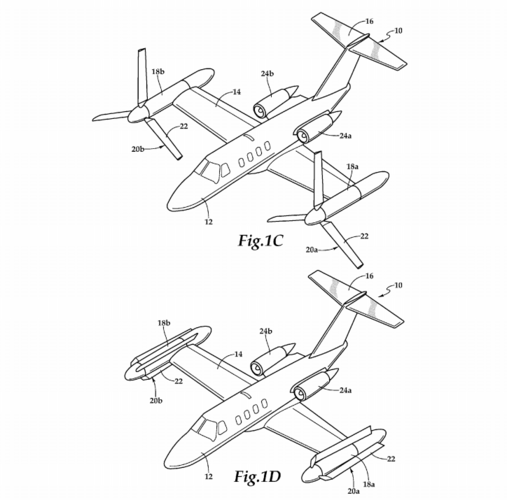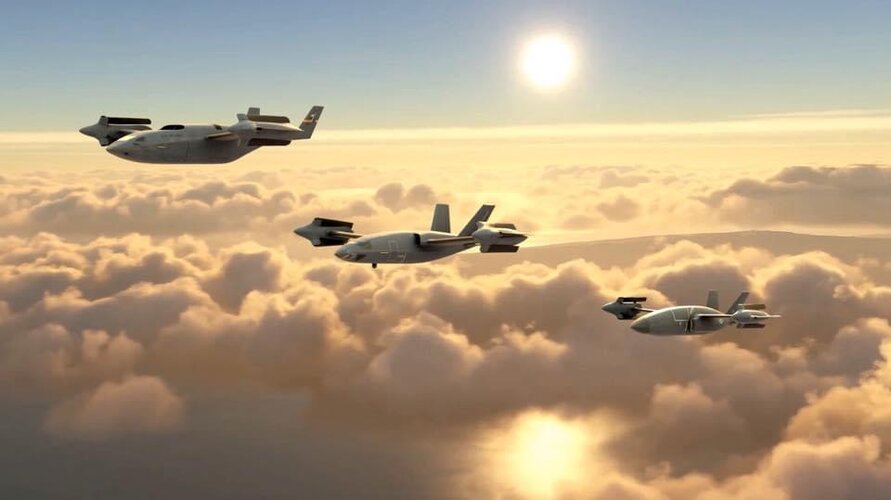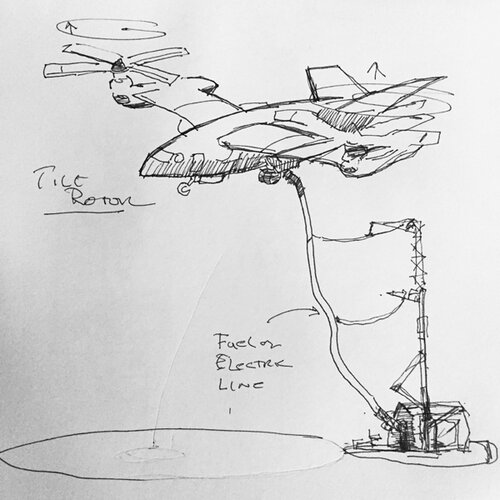From the previous discussion here -
https://www.secretprojects.co.uk/th...tical-lift-programs.13812/page-43#post-455568
Bell has been working on the "stop-fold" technology for some time now. Sikorsky did a significant amount of work on this as well, when they were looking at tilt rotor technology. Both the USAF and the USMC are interested in going faster/further than traditional tilt rotor can likely operate, but without the challenge of even higher disc loading associated with some of the other options for faster VTOL. Fan-in-wing is possibly the other option for high speed and relatively low disc loading.
From the article - “At least our initial thinking in AFSOC is that we’re looking at a generation beyond current tiltrotor technology,” said Lieutenant General James Slife, commander of AFSOC, last September. “We’re not just looking at marginal improvements, in terms of speed, range and reliability, but we’re looking at a generational movement for a vertical take-off and landing capability going into the future. I think it’ll be probably something quite different than the V-22.”
This was mentioned earlier in (sic) the thread mentioned above.
Also - “There are a number of technology and drive system proposals out there that look like they may be within the realm of possibility; that they could provide like a generational step ahead in technology, get us up into jet speed kind of capabilities,” Slife said. “When you look at the future operating environment, where range and access are going to be challenging across the board… I think whatever comes next is going to have to be a generation [ahead] yet again.”
I think it is Northrop who has the "fan-in-wing" technology, that might be able to have similar disc-loading. I suppose some of the ideas for EVTOL might be an option, but suspect that they might not scale up very well.
The big difference is that now technology is available for more efficient electrical power generation for the prop-rotors than when the original work was done. This also makes for a lighter aircraft (potentially) as you do not need heavy, damage resistant gearing and shafts to provide power for the prop-rotors. More efficient generator technology is being worked for a number of reasons for rotorcraft (ASE and other energy systems). The engine is likely the challenge at this point.
Then there is this -
https://www.futureflight.aero/news-...y-400-vtol-aircraft-military-support-missions
Of note though - slightly less than $1M (US) means this is a small study to inform the USAF of what is likely perceived as one of the less risky technology options.

 www.flightglobal.com
www.flightglobal.com














